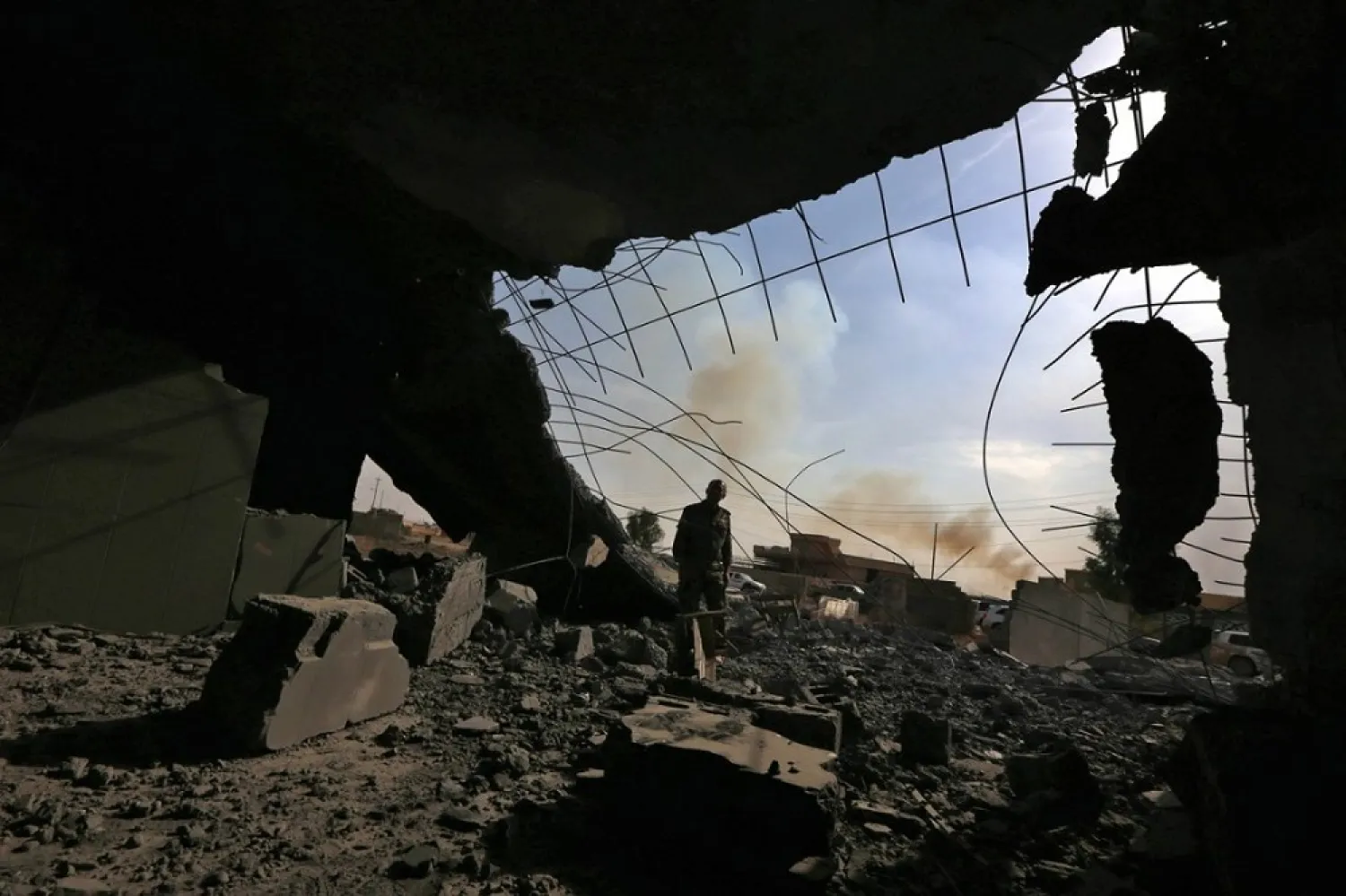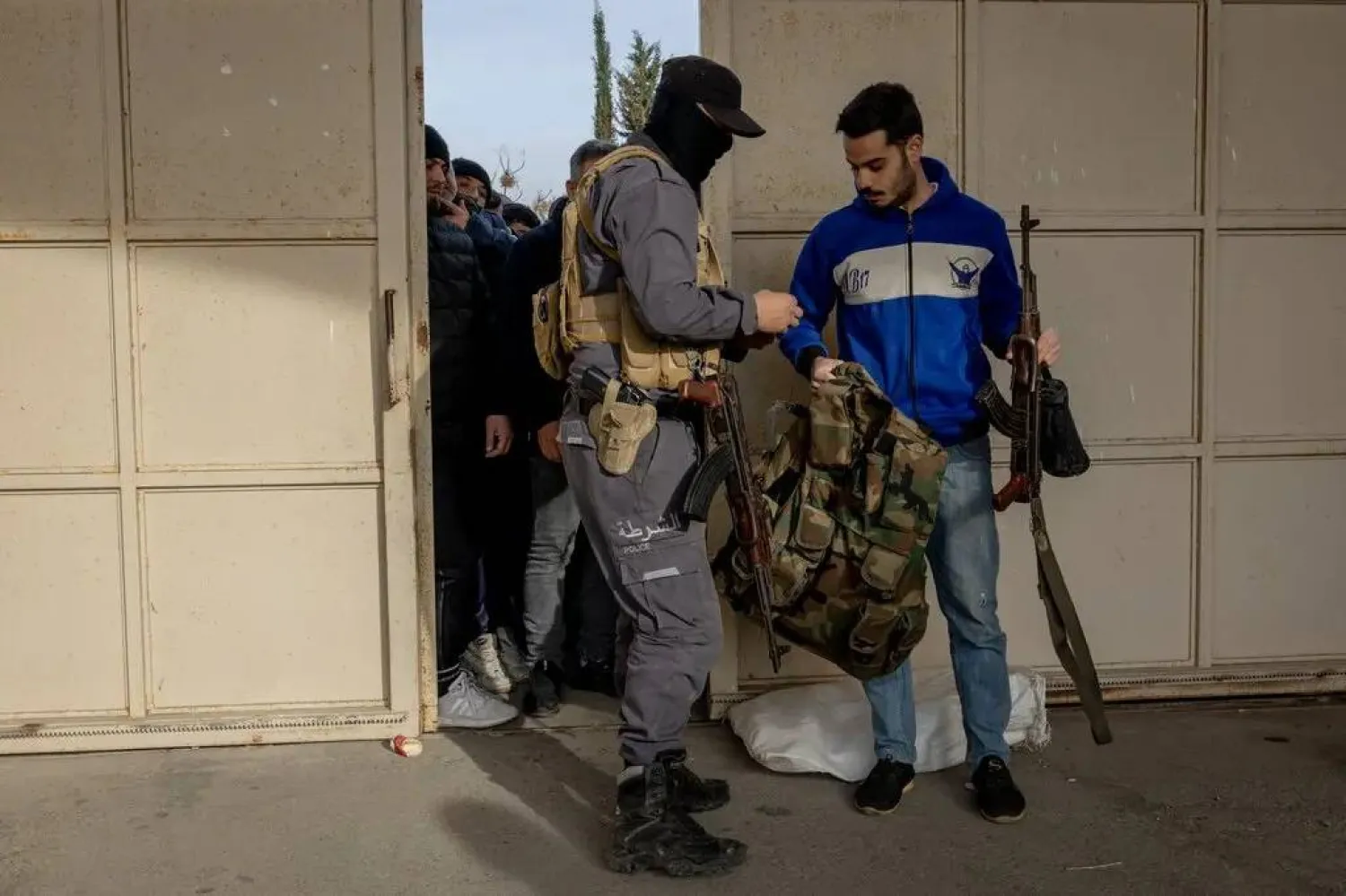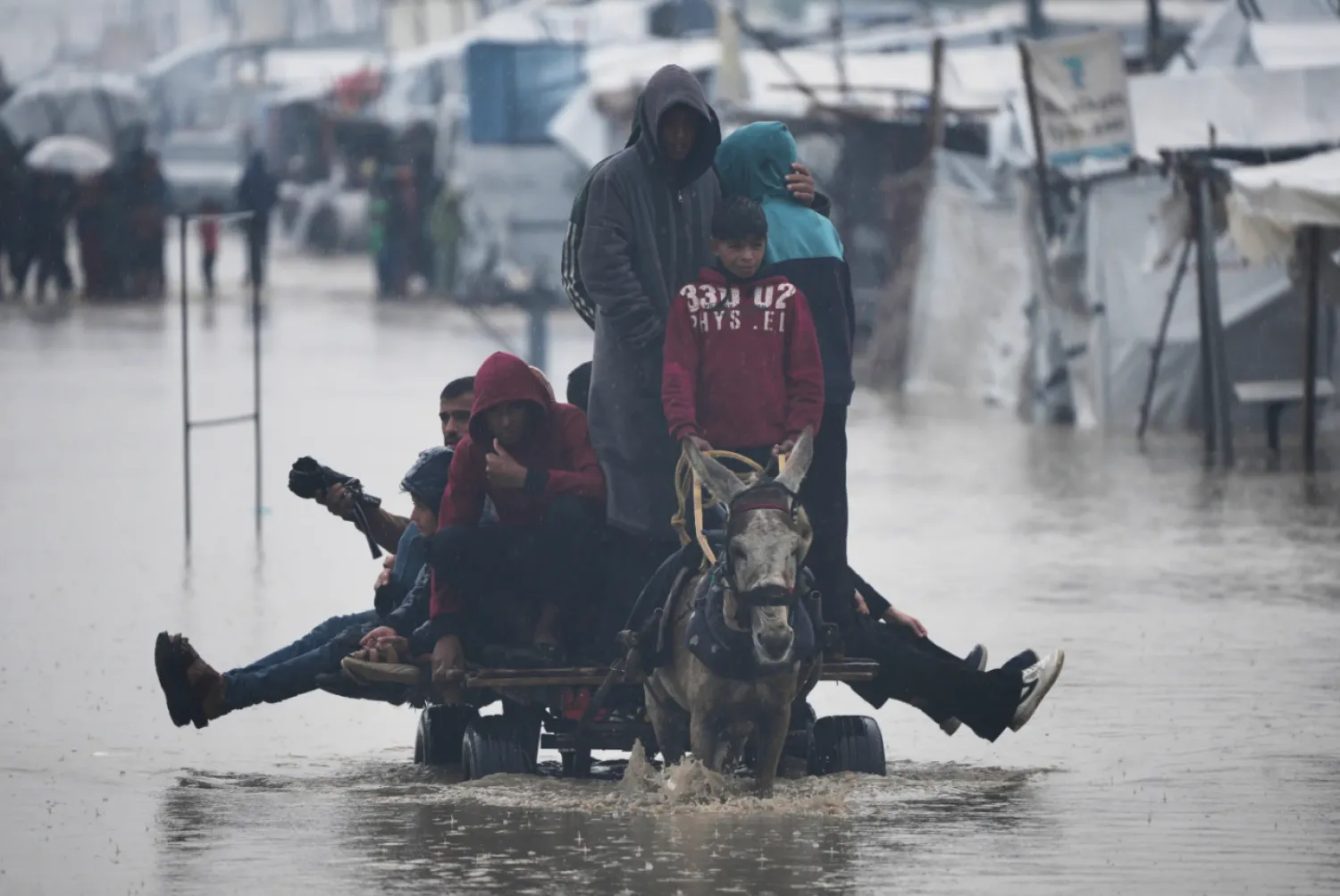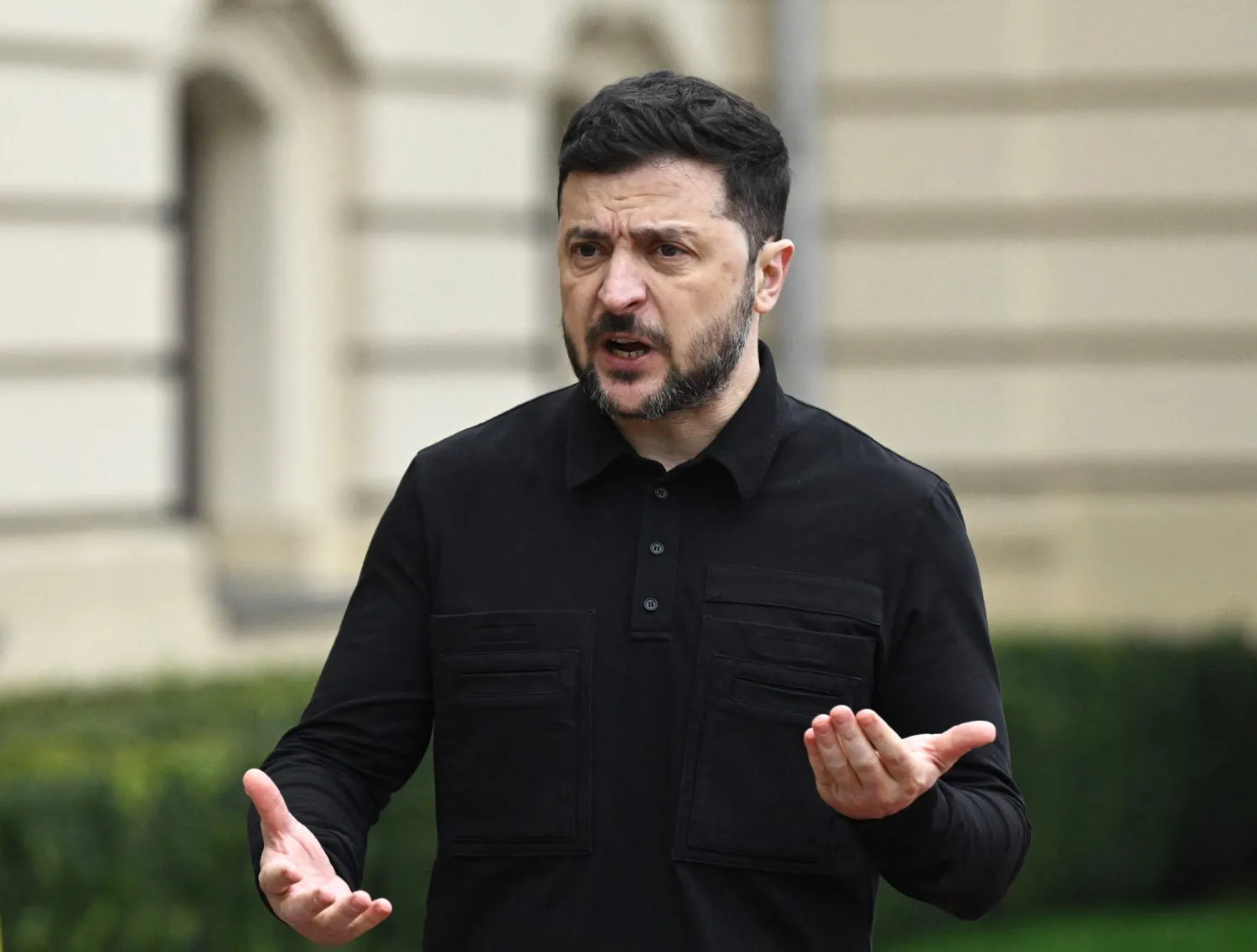The successive defeats of ISIS reveal a clear discrepancy between western researchers and specialists about the future of the terrorist organization and the nature of its internal changes after the possible death of its leader Abu Bakr al-Baghdadi and loss of its capital in Iraq.
Senior Research Fellow at the French National Center for Scientific Research Francois Burgat said that the heavy defeat of ISIS in Mosul does not mean the end of the group, because the political reasons that produced it still remain.
In fact, there are three main factors that allow ISIS to continue to exist and renew itself. The first lies in the phenomenon of colonialism and new colonialism in the Middle East. This impact of this phenomenon on the Arab social geography in the Middle East has produced a mixture of political Islam and terrorist movements.
On this note, Burgat said that the roots of ISIS can be traced to the nature of international politics in the region, as well as local factors. He said that the roots go back as far as 1999 when Jordanian authorities released Abou Musab al-Zarqawi from jail. The world soon found itself faced by this man’s ardor and the strategic errors of former US President George W. Bush and Barack Obama that led to the rise of the black ISIS flags across vast swathes of Iraq and Syria, noted Burgat.
Based on this, he stressed that all theories on the formation of extremist movement that ignore the ties of hegemony between north and south are ineffective. He explained that these theories only focus on the instigators of violence without pausing on the circumstances that produced extremism.
Shadi Hamid of the Brookings Institute echoed these stances, remarking in an article in The Atlantic in September 2016: “To understand the Middle East’s seemingly intractable conflicts, we need to go back to at least 1924, the year the last caliphate was formally abolished.”
The second factor, said Burgat, is a phenomenon that goes beyond religious intolerance, but is at the same time a product of a political crisis. This is embodied in the “Syrian predicament.” He explained that the regime of Bashar Assad is the main reason that has led to the establishment of the ISIS plague.
“The rise of ISIS has been without a doubt one of the strategic goals of the regime. Its birth in this way was clearly facilitated through its various agencies. There is no doubt that since the early days of the crisis, Bashar Assad did all he could so that this scarecrow could play its role in the fastest and most attention-grabbing way to influence the international public,” he added.
The third factor for ISIS’ continued existence is religious intolerance, which is the product of the first two factors. Burgat said that the terror group’s religious rhetoric is only a factor that furthered intolerance.
ISIS persists in Iraq
Based on the above, the current political crisis raging in Iraq and Syria justifies ISIS’ control of some regions that it considers to be part of its alleged state despite the bitter defeat that it faced in the capital of its alleged caliphate. The group is still present in Iraq’s Dajla, Euphrates, Kirkouk and al-Jazeera provinces. ISIS actually only controls Talaafar in al-Jazeera where it is besieged by the Peshmerga and Iraqi forces.
Given the situation on the ground, the group is suffering from internal organizational problems that have led it to declare Talaafar independent from its “caliphate.” This in turn led to internal fighting between the group that left four of its members dead on July 14.
Why do the terrorists persist?
French political scientist Olivier Roy attributed the persistence of ISIS in Iraq and Syria not to the “Islamization of intolerance,” but to the fact that terrorism and terrorism groups are phenomena that are created by political crises. Burgat meanwhile stressed that it was impossible to separate the internal roots of organizations from the foreign policy of western powers in the Middle East.
He noted that terror groups create new mechanisms to adapt to their internal changes and they also change up the ways to confront the western “colonial” powers. The latest movements of ISIS reveal that it is aware of the severity of the defeats that it has suffered in the latest battles. It has also tried to “overcome” the difficulties it is facing in Iraq through establishing a new center for itself in the city of al-Mayadeen in Syria’s Deir al-Zour.
In Syria’s Raqqa, ISIS is still withstanding the assault against it and it preparing for the upcoming Talaafar battle that will pit it against Iraqi forces, the international coalition and Popular Mobilization Forces.
Generally, terror experts and specialists agree that the international battle against ISIS is gradually achieving its goals in destroying the terrorist group’s myth and ability to hold ground that it has seized. The successive defeats, said American terrorism expert Aaron Y. Zelin, will not lead to ISIS’ defeat. It will continue to pose a terror threat, but it will no longer have the excuses that the extremists use to continue in justifying the continuity of their alleged state, even if this state is a diminished version of what it used to be.
Burgat meanwhile said that the Mosul battle saw the world offer the keys of a destroyed Sunni city to Shi’ite or Kurdish militias. This has thereby postponed the problems that the international community has failed to resolve. This phenomenon will continue in Iraq, Syria and other similar countries, as long as solid political institutions capable of defeating the deep causes of extremism are not built.
Political failure has made ISIS one of the main characteristics of the general political crisis that Iraq has been suffering from since 2003 and Syria since 2011. The ongoing ineffectiveness of the political institutions of these two countries in overcoming violent sectarianism and ensuring the political participation of all parties in the democratic process has made the chances of defeating terrorism close to nil, warned Burgat.
*Khalid Yamout is a visiting political science professor at Morocco’s Mohammed V University









